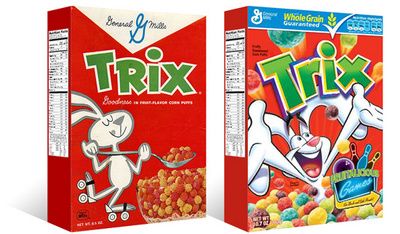
Josef Albers discusses the Interaction of Color and how it is perceived by humans. His book utilizes paper diagrams to help emphasize theory. The basic theory of 'Vibrating Boundaries' is when complementary colors are placed on top of each other they tend to 'vibrate'. This is because the colors help emphasize each other.
As you can see by the example to the right, the cyan text and the objects seem as though they are popping out of the red field.
This theory can be used in a quick design where attention is needed to be drawn. The harshness of complementary colors applied on top of each other naturally draws the eye to it. However, as a designer we must be aware of this and avoid it as it is not necessarily the best tool to gain attention.




